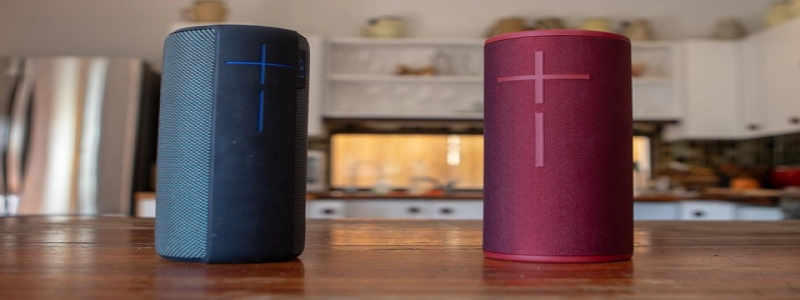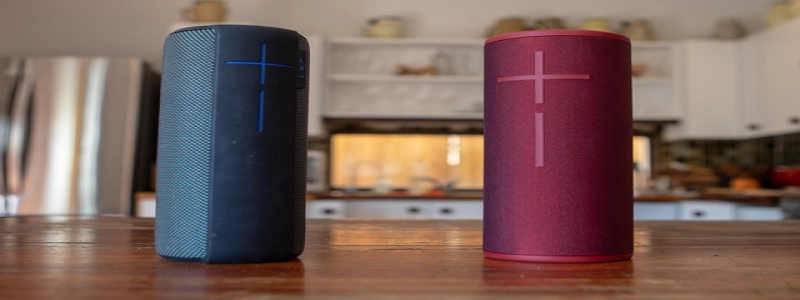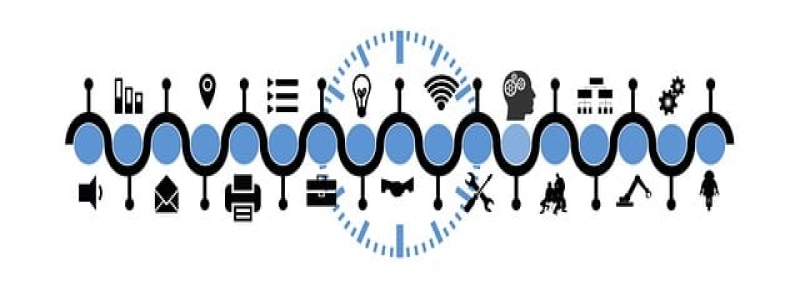How to Measure the Wavelength
Introduction:
The wavelength is an essential characteristic of a wave, and it plays a crucial role in various fields, including physics, optics, and telecommunications. Measuring the wavelength accurately is vital for understanding the properties and behavior of different types of waves. In this article, we will explore the different techniques and methods used to measure the wavelength.
I. Understanding Wavelength:
1. Definition: The wavelength is the distance between two consecutive points in a wave that are in phase. It is usually represented by the symbol λ (lambda).
2. Importance: Wavelength determines the energy and frequency of a wave and affects how it interacts with its surroundings. Therefore, measuring the wavelength is crucial for various scientific and technological applications.
II. Techniques for Measuring Wavelength:
1. Using a Ruler or Measurement Tool:
– This method is suitable for measuring the wavelength of large-scale waves, such as ocean waves or seismic waves.
– Place a ruler or measuring tool perpendicular to the direction of the wave and measure the distance between two consecutive peaks or troughs of the wave.
– Repeat the measurement multiple times and calculate the average wavelength.
2. Diffraction Grating Method:
– This method is commonly used for measuring the wavelength of light.
– A diffraction grating is a finely spaced array of slits that splits incoming light into its constituent wavelengths.
– Shine a narrow beam of light through the diffraction grating and observe the resulting diffraction pattern.
– Measure the distance between the bright spots (fringes) in the diffraction pattern to determine the wavelength of the light.
3. Interference and Double-Slit Method:
– This method is useful for measuring the wavelength of light or other coherent waves.
– Set up a double-slit apparatus, which consists of two narrow slits through which the waves pass.
– Observe the interference pattern formed on a screen placed behind the double slits.
– Measure the distance between the adjacent bright or dark fringes to calculate the wavelength.
III. Advanced Techniques for Measuring Wavelength:
1. Michelson Interferometer:
– This sophisticated instrument uses a beam splitter, mirrors, and an interference pattern to measure the wavelength of light accurately.
– It exploits the interference between two beams of light, one reflected from a fixed mirror and one reflected from a movable mirror, to create an interference pattern.
– By precisely measuring the displacement of the movable mirror and analyzing the interference pattern, the wavelength can be determined.
2. Laser Interferometry:
– Laser interferometers use the interference of laser light to measure small displacements accurately.
– These devices are commonly used in precision engineering and scientific research.
– By analyzing the interference pattern produced by splitting and recombining laser beams, changes in wavelength can be measured with high precision.
Conclusion:
Measuring the wavelength accurately is essential for understanding various waves’ characteristics and behavior. Whether it is through simple ruler-based methods or advanced techniques like interferometry, accurate measurements of the wavelength allow scientists, researchers, and engineers to further study and utilize waves effectively in various applications.








